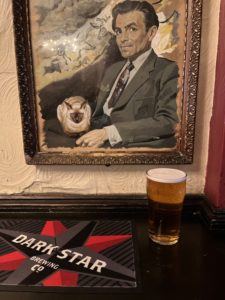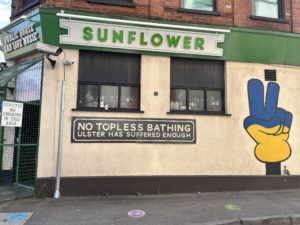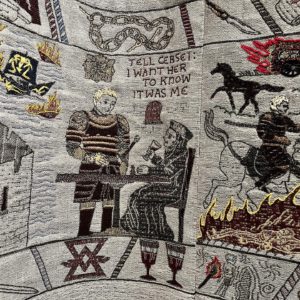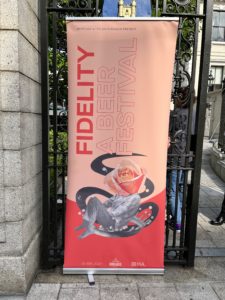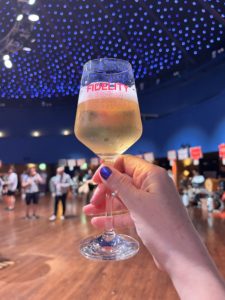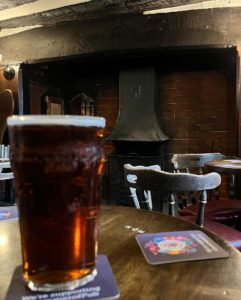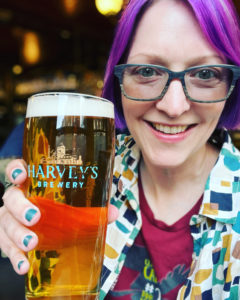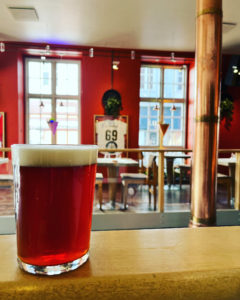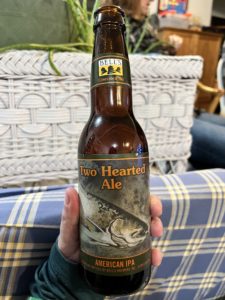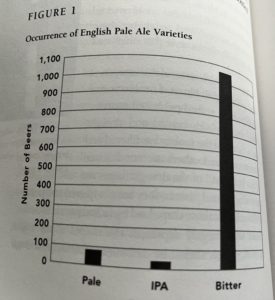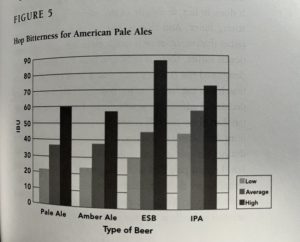 Welcome back to Part 3 of what would be an even-more-unnecessarily-long post than usual. You are in luck – this part has cats.
Welcome back to Part 3 of what would be an even-more-unnecessarily-long post than usual. You are in luck – this part has cats.
We kicked off July with the arrival of our new kitten, Ruby (the object of my side trip to Salisbury from last time) – and she brought the heat with her. It was incredibly hot in Dublin, and just in time for my first beer festival since 2019 – Fidelity, organised by the team at Whiplash. I’d bought tickets for the festival some two years before, and while I was thrilled it was finally happening, the heat was…intense. Nine times out of ten it would make sense that you’d prefer to have your Dublin beer festival indoors, and while the Round Room at the Mansion House is a great venue, it was VERY WARM.
The heat may have been something of a blessing in disguise, though – at least for me, it meant I went out of my way to stay hydrated, and the water stations were always available and tidy; not something I can say about every festival I’ve ever attended. And the beers were of a very high standard all around, but I still ended up with favourites: DEYA Steady Rolling Man, a hazy pale ale, and Wylam Keepers Ale, an old ale brewed with input from Newcastle Castle – so, apparently, something good is going on on the Neighbouring Island, beer-wise, despite the recent glut of bad news there around brewery closures. But back to Fidelity – while the beer was great, the other high point was seeing so many friends in person; it was really lovely.
In other news, Child Two got to see her first published work in the form of a book review, which was very exciting for her, and she also began taking part in Junior Parkruns during the summer – a lot of activity for a 7 year old.
And there was yet another beer festival: Hagstravaganza, hosted by The White Hag. At the best of times, Ireland-beyond-Dublin can be difficult to navigate via public transit, but the festival was timed to coincide with trains from and back to Dublin, and a special train was also on for those staying locally to stay over. Again, the weather was hot by local standards, though not unbearable, but I was glad I’d brought along sunscreen to top-up all day. Standout beers included Bier, a Helles from California’s Green Cheek Beer Company, Pils Taiheke from The Kernel, and, rather unexpectedly, Caribbean White Chocolate Pancake Stack from Siren.
The train back was very, very merry.
 Later in the summer, we went to Tayto Park, mostly to be able to say we’d been when it was still ruled by its benevolent dictator, Mr Tayto. There’s less of a reason to go without him, but I did enjoy some of the exotic wildlife in the park, which included raccoons. Fancy trash pandas!
Later in the summer, we went to Tayto Park, mostly to be able to say we’d been when it was still ruled by its benevolent dictator, Mr Tayto. There’s less of a reason to go without him, but I did enjoy some of the exotic wildlife in the park, which included raccoons. Fancy trash pandas!
We also finally made it up to Belfast – something we have long had intended to do, but at last, the timing worked out. I’ve written about the trip in more detail, but The Deer’s Head really stands out in retrospect, both for its beautiful surroundings and fantastic beer. Immediately after returning from Belfast, I headed to another Craic Beer Community event at Rascals – a great meetup with some delightful beers.
There was another run in August: The Frank Duffy 10-Miler through the Phoenix Park. This one wasn’t a PB – the park is hillier than it is in my head – but it was a fun event. I went back to Odense for another work trip shortly thereafter, and enjoyed some more very tasty Albani beers – and there’s nothing wrong with a Carlsberg 1883.
But it was time for more music – as promised, there as more Neil Hannon-ing. I flew back to London for a quick trip to see one of the Divine Comedy 30th anniversary concerts I’d originally bought tickets to years before, and while I couldn’t stay for the full series of concerts, it was wonderful to meet up with so many other long-time (in some cases, decades) online friends in real life at the Barbican. Another side note: I only got lost in the maze of walkways once! Riding the Elizabeth Line was a thrill, because TRAINS, and Neil was in great voice, as always.
Several of us made our way to the only after-hours venue we could find (c’mon, London! We’re *really* still closing most pubs at 11?), Gibney’s, where it was mostly local-to-me Rye River beer – not a bad thing, by any means. Alas, I cannot say the same for my airport ‘Spoons beer, which was not at its best – but that’s a minor point on such a great whirlwind trip.
But then, back to real life, back to Parkrun…well, almost.
 First, there was a trip back to New York – one more work conference, and one more theatre-binge opportunity. I am thrilled that I got to see Into the Woods and A Strange Loop, I did another live class in the Peloton studio after a break of 3 years (I KNOW), and I finally got my hands on some Heady Topper, though I think my favourites in town were Arbor Lodge Alt by Logsdon Farmhouse Ales at Beer Culture, a regular standby when I’m in the city, and Konstantin, a märzen from Schilling Beer Co., at As Is, a new-to-me bar on 10th Avenue.
First, there was a trip back to New York – one more work conference, and one more theatre-binge opportunity. I am thrilled that I got to see Into the Woods and A Strange Loop, I did another live class in the Peloton studio after a break of 3 years (I KNOW), and I finally got my hands on some Heady Topper, though I think my favourites in town were Arbor Lodge Alt by Logsdon Farmhouse Ales at Beer Culture, a regular standby when I’m in the city, and Konstantin, a märzen from Schilling Beer Co., at As Is, a new-to-me bar on 10th Avenue.
I also consumed something approaching my body weight in soft pretzels – something that I would love to see in more Dublin pubs – but I regret nothing.
And speaking of pretzels…


